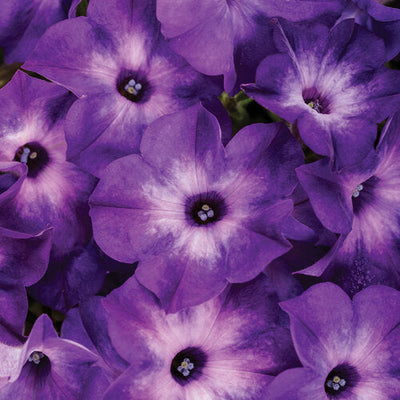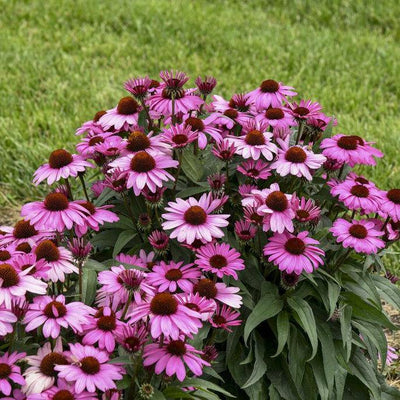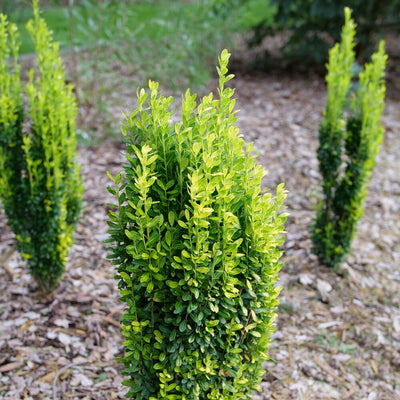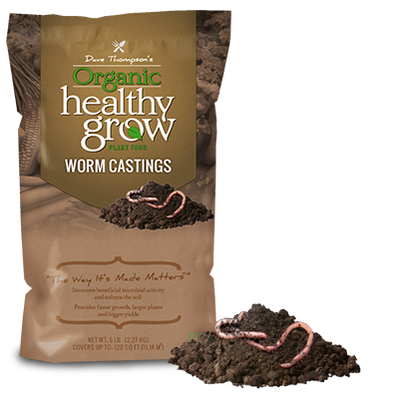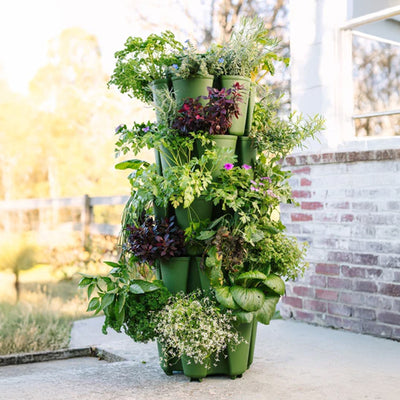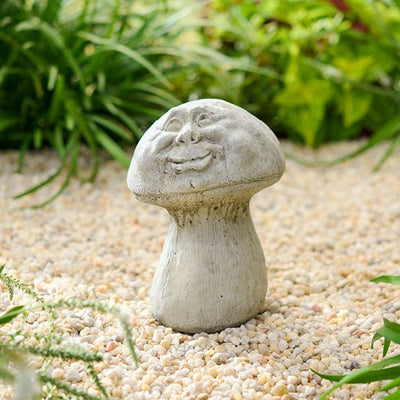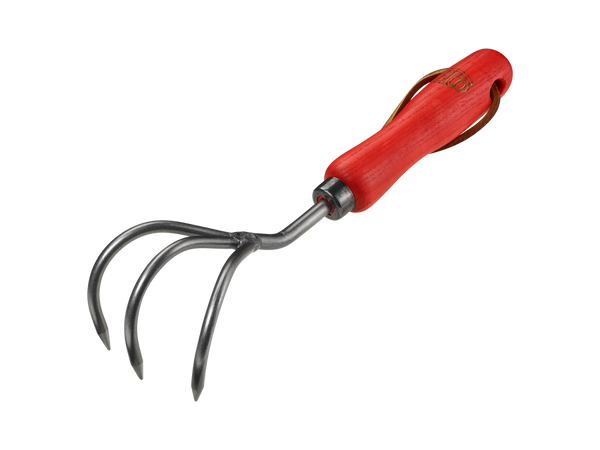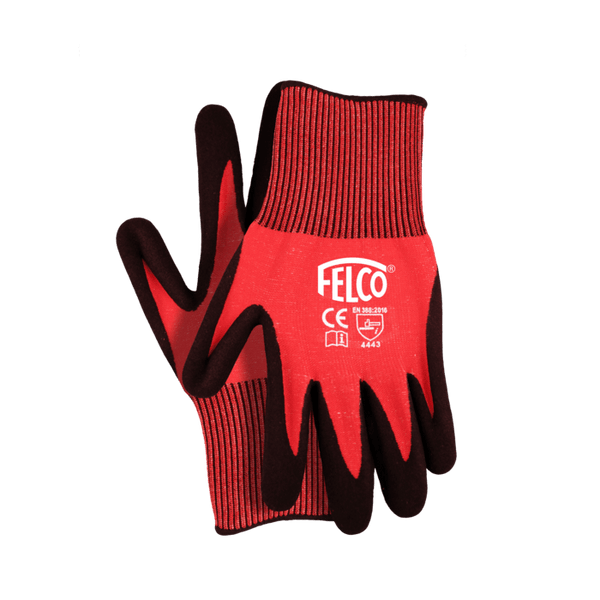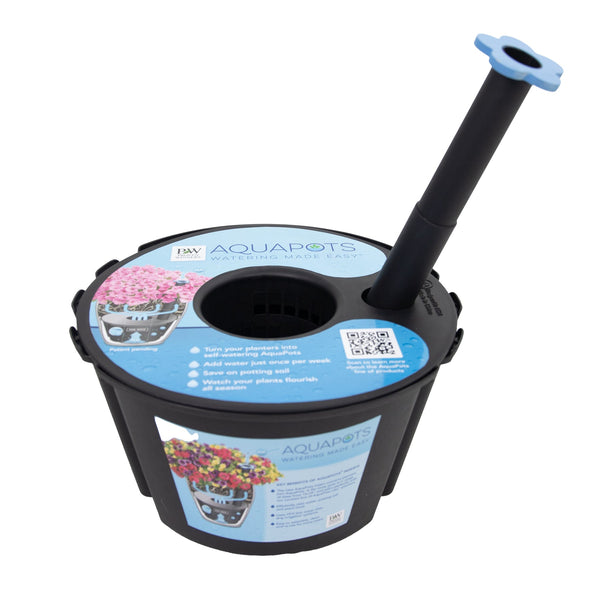Bloomerang® Dark Purple Reblooming Lilac | Proven Winners®
Proven Winners is constantly working to refine and improve their offerings for the North American garden and to the nursery industry in using the best in new plant and production materials.

Features
Characteristics
Plant Needs
Bloomerang® Dark Purple Reblooming Lilac
Syringa x
Don't settle for lilacs that bloom just once a year - get Bloomerang® lilacs and enjoy months of blooms instead of just weeks.
Big, bold, and beautiful - that's Bloomerang® Dark Purple lilac. Naturally growing as a handsome, rounded shrub, very large dark purple buds emerge in mid to late spring. These open to a classic deep purple-lilac color and perfume the air for weeks. The plant then takes a brief rest to create new growth before it starts to bloom again in mid to late summer, continuing through frost.
Bloomerang® lilacs are also noted for their exceptional disease resistance - no worries about ugly white or brown foliage to spoil the floral show. And like other lilacs, it is sun-loving and deer resistant, so it makes an easy care choice for years of beauty.
Top reasons to grow Bloomerang® Dark Purple lilac:
- It's reblooming! It doesn't only bloom once in spring - it also blooms summer through fall.
- Disease resistant. Doesn't get ugly from fungus and bacteria like older lilacs can.
- Neat, rounded shape looks good in the landscape or garden.
- Best Seller
- Fragrant Flower
Characteristics
Plant Needs
Bloomerang® Dark Purple Reblooming Lilac
Syringa x
Don't settle for lilacs that bloom just once a year - get Bloomerang® lilacs and enjoy months of blooms instead of just weeks.
Big, bold, and beautiful - that's Bloomerang® Dark Purple lilac. Naturally growing as a handsome, rounded shrub, very large dark purple buds emerge in mid to late spring. These open to a classic deep purple-lilac color and perfume the air for weeks. The plant then takes a brief rest to create new growth before it starts to bloom again in mid to late summer, continuing through frost.
Bloomerang® lilacs are also noted for their exceptional disease resistance - no worries about ugly white or brown foliage to spoil the floral show. And like other lilacs, it is sun-loving and deer resistant, so it makes an easy care choice for years of beauty.
Top reasons to grow Bloomerang® Dark Purple lilac:
- It's reblooming! It doesn't only bloom once in spring - it also blooms summer through fall.
- Disease resistant. Doesn't get ugly from fungus and bacteria like older lilacs can.
- Neat, rounded shape looks good in the landscape or garden.
- Best Seller
- Fragrant Flower
